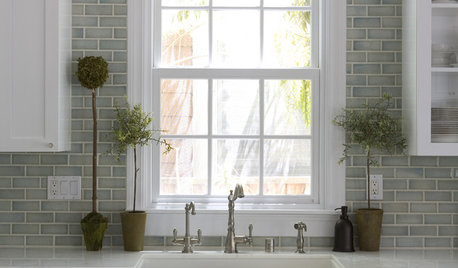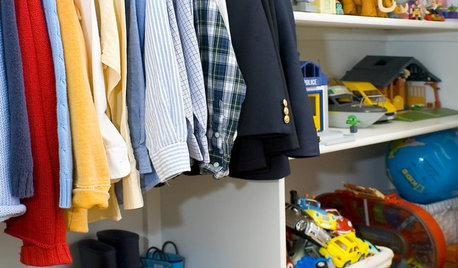Just a little background.
We bought a house 3 years ago with a horrid well, located in a pit in the driveway. Lots of iron staining and iron bacteria/coliform bacteria. We lived with it for a while but then decided to do something about it so we called our local Culligan dealer.
They came out and tested the water and confirmed what we already knew....we had crappy water. I seem to remember only one stat, that being the hardness at about 40 GPG. I don't remember anything else, this was a few years ago. We had an IronSoft system put in, configured at 40 GPG and everything seemed to get better. The water tasted fine, the tub wasn't staining anymore (so we thought), etc...
Flash forward about 2 years and we started getting more iron stains on the tub, in the washer etc... I thought, alright, maybe the well is getting worse, I will up the frequency of the flushes to once per week. That alleviated it for while, but the problem came back. On top of that, the water started to smell musty toward the end of the week, right before it flushed.
We decided to have a new well dug at that point, since the old well was so bad and in a bad location anyway and it seemed like the softener just couldn't keep up. This was back in September 2014. Everything was fine with the new well for about 2 months, no staining, no smell. After 2 months we started getting a strong sulfur odor out of the un-treated water. Alright, no big deal that is common in wells. The softened water was still great.
Wait a couple more months (about 2-3 months ago) and now the softened water is super smelly after just 2-3 days after flushing.
I was thinking that we might have a sulfur bacteria problems, colonizing the softener so I decided to run bleach through the system. It has a self-chlorinating feature, so I figured bleach would be fine. However, this didn't work, smelly water after 5 days or so after bleaching.
We do not, however, have anymore staining problems. Over 6 months now and no staining.
Also, they shock chlorinated the well when it was dug. Once we got smell coming from un-treated, I shock chlorinated it about 3 times over the course of a week. This didn't help the problem so the bacteria is either in the aquifer or there is just sulfate in the water.
I have spent the better part of 2 months pondering/researching the problem and can think of only 2 things.
1. Bacteria are colonizing the softener so quickly that the smell comes back after just a few days.
2. The media in the softener is absolutely fried and is just not working anymore and after 3-5 days is completely filled up and cannot remove anything (smell, minerals, etc...)
I am very hesitant to spend any more money until I get some opinions, as we already spent 4K on the softener system and 20K on the new well. Culligan charges 100 bucks just to drive out and take a look so I have not had them out yet. I want more information first.
At first I was leaning toward bacteria, but can they really colonize so quickly?
Now, I have been leaning more toward the media being fried due to the old well being so bad. On top of this, it dawned on me that the softened water tastes exactly like the straight up well water, so I checked if the bypass valve was on. It wasn't.
If the media in the softener is fried, I can probably get Culligan to replace it. The media has a 10 year warranty on it.
Would love any thoughts on which problem is more likely, 1 or 2? Or maybe there is something I haven't thought of ?














User
cmonkeyOriginal Author
Related Discussions
Smelly Drained Water.. What to do?
Q
smelly water after plastering
Q
water filtration/water softening for well water
Q
help ! first fill and dirty well water ? please plese please help
Q
User
cmonkeyOriginal Author
User
cmonkeyOriginal Author
User
cmonkeyOriginal Author
User
cmonkeyOriginal Author
User
cmonkeyOriginal Author
User
cmonkeyOriginal Author
User
cmonkeyOriginal Author
User
cmonkeyOriginal Author
User
cmonkeyOriginal Author
User
cmonkeyOriginal Author
User
cmonkeyOriginal Author
cmonkeyOriginal Author
zver11
cmonkeyOriginal Author
User
User
cmonkeyOriginal Author
cmonkeyOriginal Author
User
cmonkeyOriginal Author
User
waterguytexas
greasetrap
cmonkeyOriginal Author
greasetrap
cmonkeyOriginal Author
greasetrap
cmonkeyOriginal Author
greasetrap
User
User
greasetrap
User
loonlakelaborcamp
larry_a_williams
cmonkeyOriginal Author
cmonkeyOriginal Author